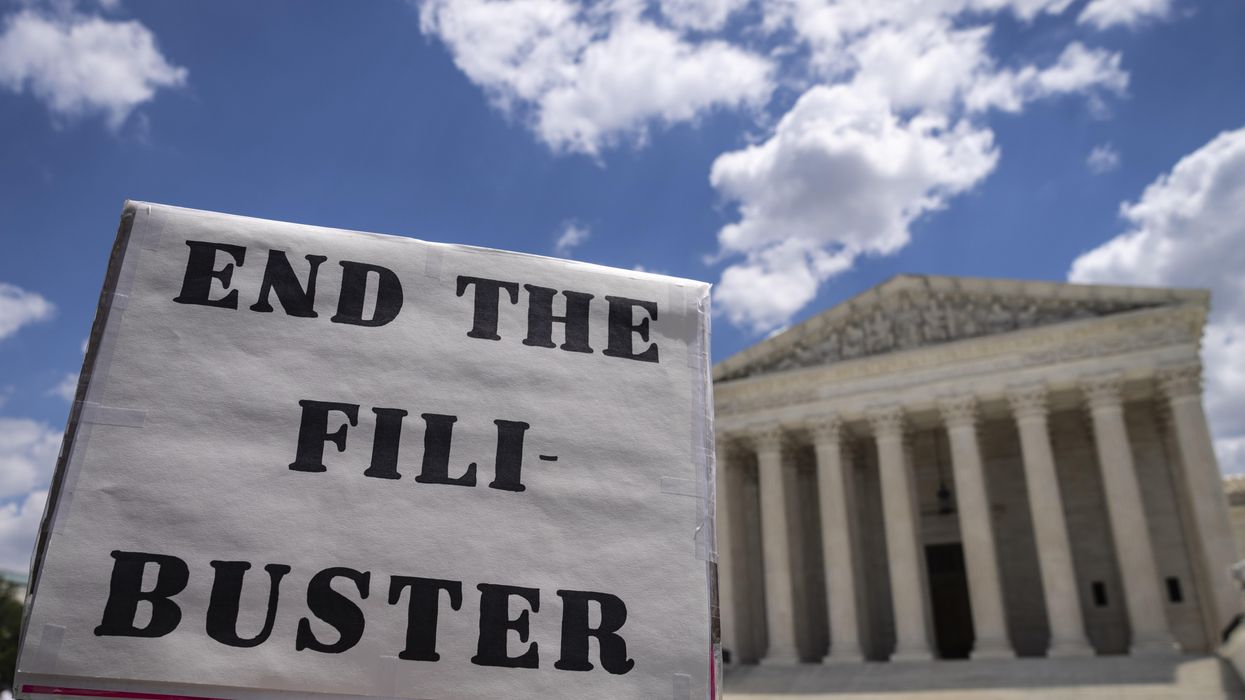This fact brief was originally published by Wisconsin Watch. Read the original here. Fact briefs are published by newsrooms in the Gigafact network, and republished by The Fulcrum. Visit Gigafact to learn more.
Have 25 million undocumented immigrants entered the U.S. and stayed during the Biden-Harris administration?
No.
Authorities estimate the number of undocumented immigrants who entered the U.S. during the Biden-Harris administration and remained at far less than the 25 million that Republican vice presidential nominee J.D. Vance claimed.
Vance said Aug. 28, 2024, in De Pere, Wis.:
"Kamala Harris let in 25 million illegal aliens ... the 25 million people who are here in this country illegally."
U.S. Customs and Border Protection reported 10 million migrant encounters — one person one or more times — from February 2021 through July 2024.
However, millions were turned away, returned or deported.
The nonprofit Migration Policy Institute estimates there were 6 million entries between January 2021 and April 2024.
Customs and Border Protection also estimated about 2 million “got-aways” — border crossers who evaded authorities — 385,707 in 2021, 737,244 in 2022, and 694,685 in 2023.
Vance's spokesperson cited conservative media reports, including one saying there may have been 1 million got-aways in one year.
This fact brief is responsive to conversations such as this one.
Sources
WLUK-TV FOX 11 JD Vance rallies voters in Wisconsin
Customs and Border Protection Nationwide Encounters
News release Chairman Green for RealClearPolitics: No, Biden and Harris’ Border Crisis Is Not Over
USA Today No, 51M 'illegals' have not entered US under Biden, Harris | Fact check
PolitiFact There aren’t 20 million to 30 million immigrants in the U.S. illegally, as Sen. Marco Rubio claimed
Google Docs Migration Policy Institute Aug. 29, 2024
Department of Homeland Security Fiscal Year 2025 Congressional Justification
Department of Homeland Security Fiscal Year 2024 Congressional Justification



















